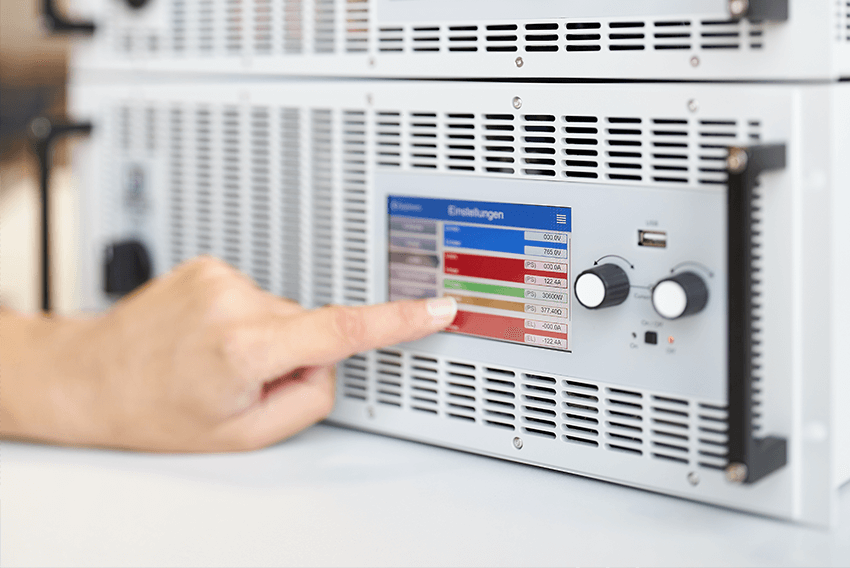#statusMessage#
Do you want to start the compare now?
#statusMessage#
Do you want to start the compare now?

Our electromagnetic environment is heavily burdened due to the multitude of transmitters and sources of interference pre...

Automated test and measurement systems that are fully connected with instrumentation and test data can significantly inc...

Temperature is one of the most common risk factors in industry. Overheating can disrupt processes, reduce quality or cau...

Electric vehicles are the future - but what happens to the batteries when they can no longer be used in cars? Efficient ...
Manufacturer number: 885-400-000
| Warranty (years): | 1 |
|---|
PMK's Sonic 4000 RF active probe is ideal for performing in-circuit measurements. With its bandwidth from 220 Hz to> 4 GHz, the high input impedance, the low noise and the dynamic range of> ± 8 V, the Sonic 4000 RF is the ideal probe for spectrum, network, RF analyzers or other 50 Ω measurement systems . With an input capacitance of <0.6 pF, 2 MΩ in parallel between the probe tip and the probe reference (1 MΩ to the oscilloscope ground), the probe enables the scanning of sensitive circuits without placing an unfavorable load on the circuit under test.
The high impedance probe reference connection is a key feature of the Sonic 4000 RF. Unlike traditional single-ended probes, which have the probe reference tied to ground and can damage customer circuitry if accidentally connected to an ungrounded test point, the probe tip impedance of the Sonic 4000 RF to earth is 1 MΩ . This function enables a current-carrying circuit to be reliably checked without the possibility of short-circuiting the reference connection of the probe tip directly to earth.
The active Sonic 4000 RF probe uses a customer-specific PMK high-speed FET input amplifier with active sheath wave compensation to ensure an outstanding high-frequency response as well as low noise and low distortion for precise measurement of customer-specific signals. The output signal of the probe has no DC component, so it can be connected to DC-sensitive measuring devices.


